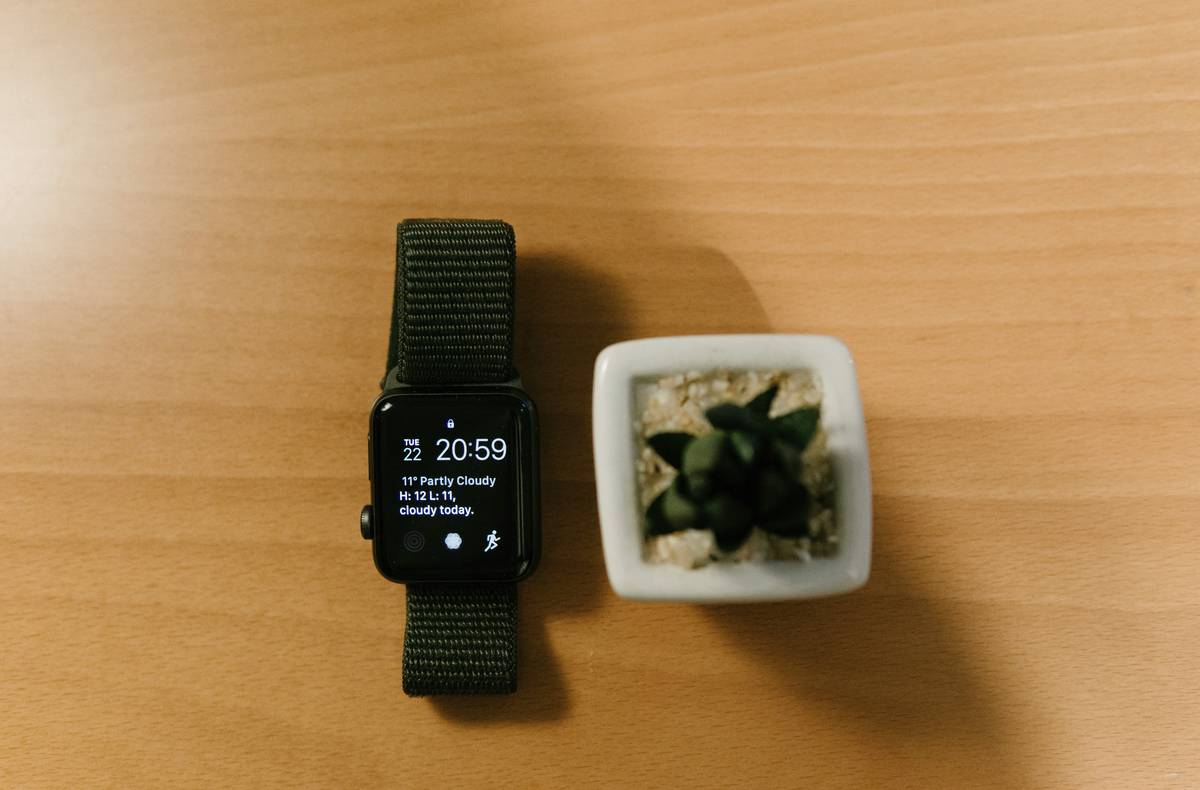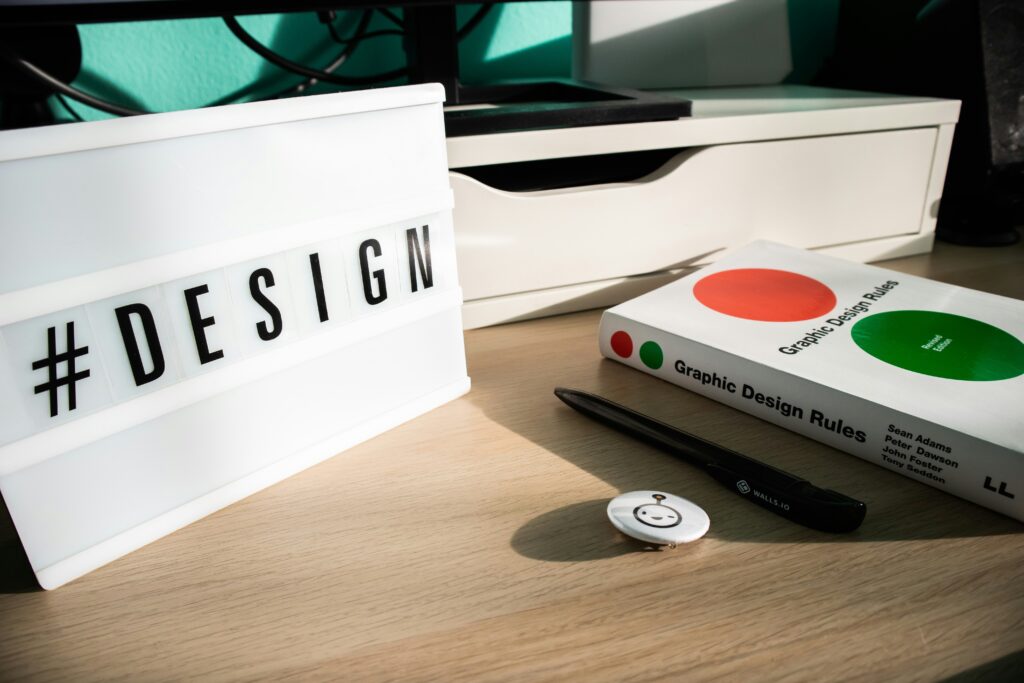Ever found yourself wondering, “Can this sleek smartwatch also save the planet?” Yeah, us too.
Eco-friendly watch materials are revolutionizing how we think about fashion wearables. These aren’t just accessories; they’re a statement—a commitment to sustainability without skimping on style. In this post, you’ll learn why eco-conscious materials matter, how to choose them wisely, and real-life examples that prove luxury and responsibility can coexist.
Table of Contents
- Why Eco-Friendly Watch Materials Matter
- How to Choose Sustainable Materials for Your Watch
- Top Tips for Incorporating Eco-Conscious Design
- Real-Life Examples of Stunning Eco-Friendly Watches
- Frequently Asked Questions About Eco-Friendly Watch Materials
Key Takeaways
- Eco-friendly watch materials reduce environmental impact while maintaining premium aesthetics.
- Making informed choices in material sourcing boosts both brand reputation and consumer trust.
- Industry leaders are already proving sustainable design can be as chic as it is practical.
Why Do Eco-Friendly Watch Materials Even Matter?
Let’s face it—wearable tech isn’t slowing down anytime soon. The global smartwatch market alone was valued at $37 billion in 2022. But here’s the kicker: traditional manufacturing processes often involve toxic metals, plastic waste, and unethical labor practices.
Confessional Fail: I once bought what I thought was an “eco-friendly” watch only to discover later it had leather straps sourced from factories using harmful chemicals. Oof. Lesson learned? Always check certifications like OEKO-TEX® or Cradle to Cradle before splurging.
Optimist You: *“Switching to sustainable materials benefits everyone!”*
Grumpy You: *“Ugh, fine—but only if my shiny new watch still looks good enough to make people jealous.”*
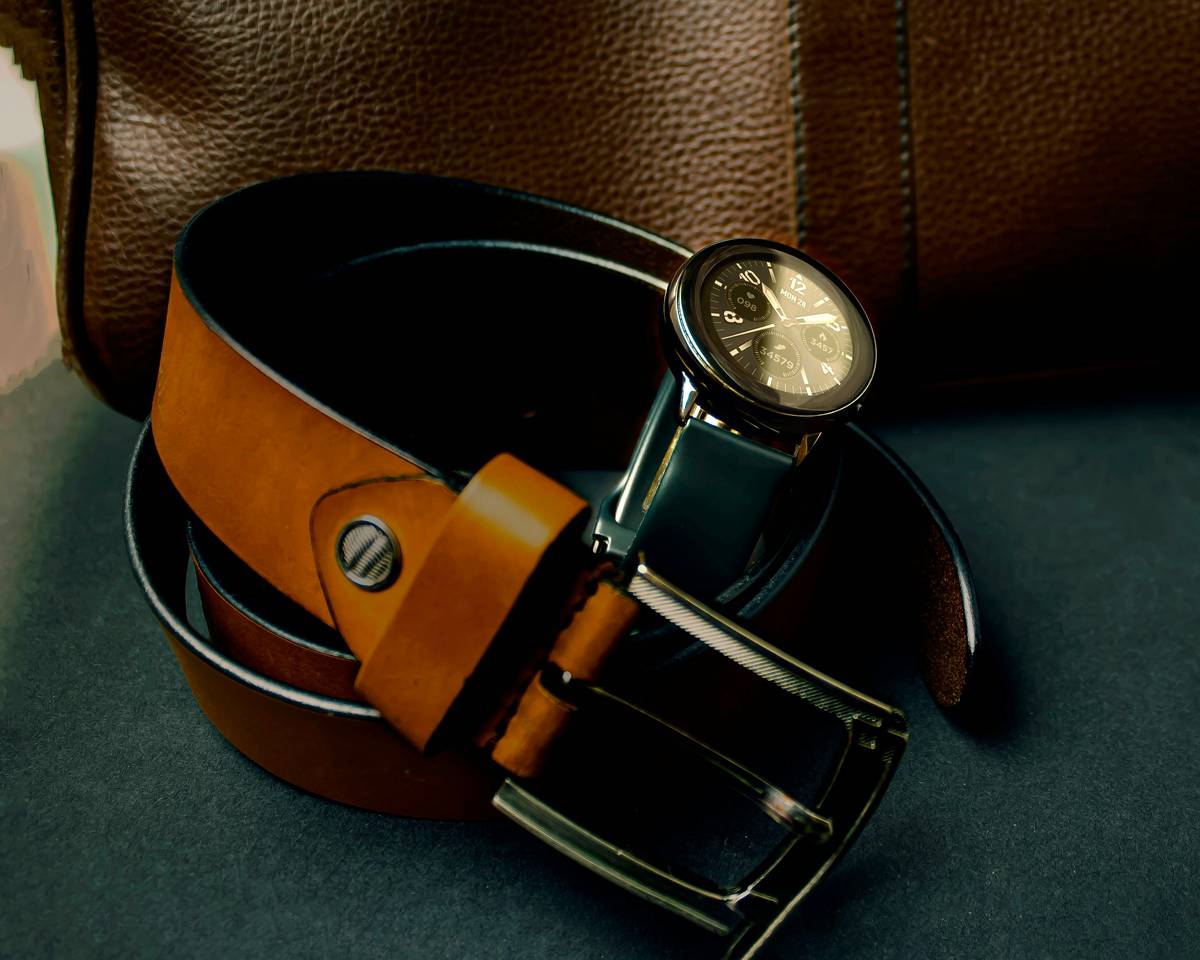
So, How Can You Choose Eco-Friendly Watch Materials Like a Pro?
Ready to build your dream collection of eco-chic timepieces? Follow these steps:
Step 1: Identify Sustainable Alternatives
Opt for materials like recycled stainless steel, plant-based leathers (yes, cactus leather exists), and bioplastics derived from cornstarch. Sounds wild, right? But these innovations are chef’s kiss when it comes to blending durability with green ethics.
Step 2: Research Ethical Brands
Avoid brands that beat around the bush about their supply chains. Transparency is key. For instance, companies like Pela create watches with compostable components—no landfill guilt required.
Step 3: Check Certifications
Look for stamps of approval such as Fair Trade Gold or Forest Stewardship Council (FSC) certifications. This ensures not just sustainability but fair wages for workers too. Whirrrr… sounds like your ethical shopping radar kicking into gear!
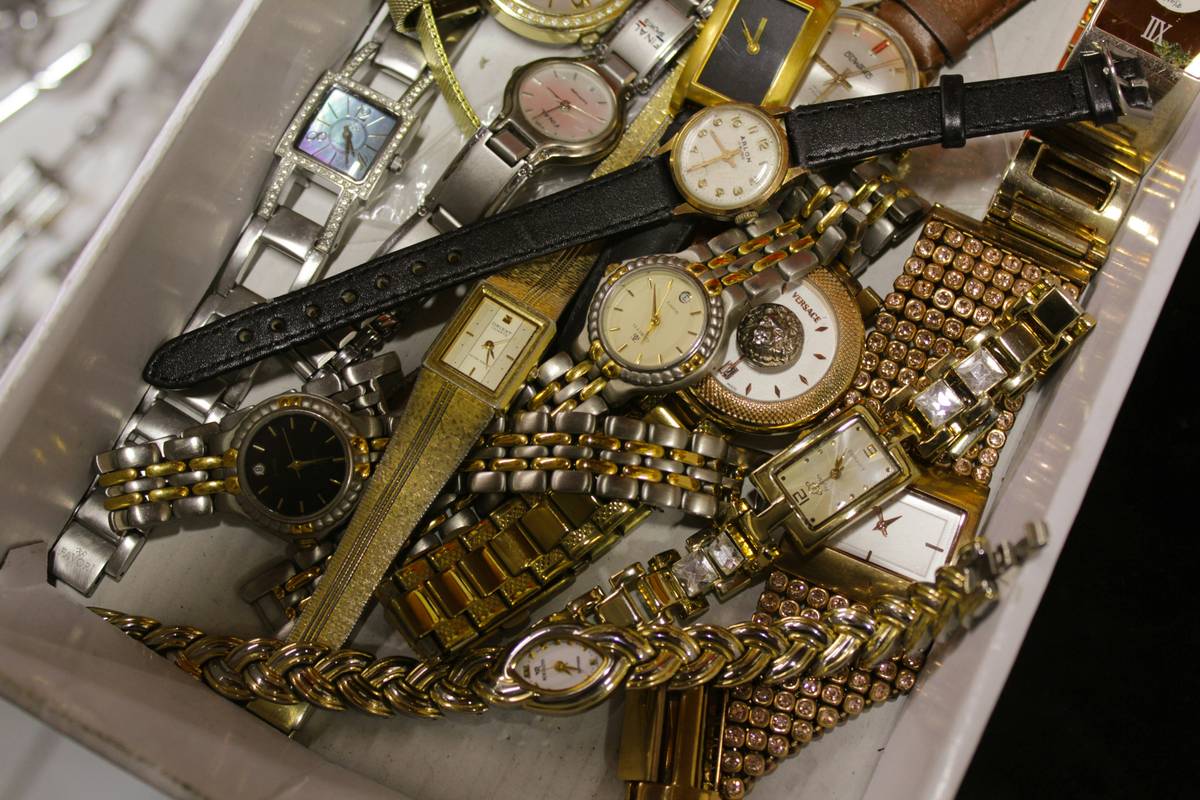
Here Are Some Top Tips for Mastering Eco-Conscious Watch Design
- Less Is More: Minimalist designs often mean fewer resources wasted during production.
- Recycle & Upcycle: Consider refurbishing old watches rather than buying new ones.
- Avoid Single-Use Packaging: Support brands that ship products in reusable boxes or pouches.
Rant Alert: Let’s talk about those pesky brands slapping “eco-friendly” labels on mediocre products without backing them up. Greenwashing irritates me more than buffering Wi-Fi during a Netflix binge. Don’t fall for vague claims!
Terrible Tip Disclaimer: Buying cheap knockoffs labeled “sustainable” might feel budget-smart initially, but trust me—it’s a shortcut straight to regret city.
Real-Life Examples That Prove Style Meets Sustainability
TerraTime recently launched a collection made entirely from ocean-reclaimed plastic—and it’s gorgeous. Imagine pairing beach cleanup efforts with high-end craftsmanship. Chef’s kiss level achieved.
Another standout? WeWOOD plants a tree for every watch sold, turning each purchase into a mini forest expansion project. Their wooden designs are so unique, they make basic metal bands look kinda boring now.
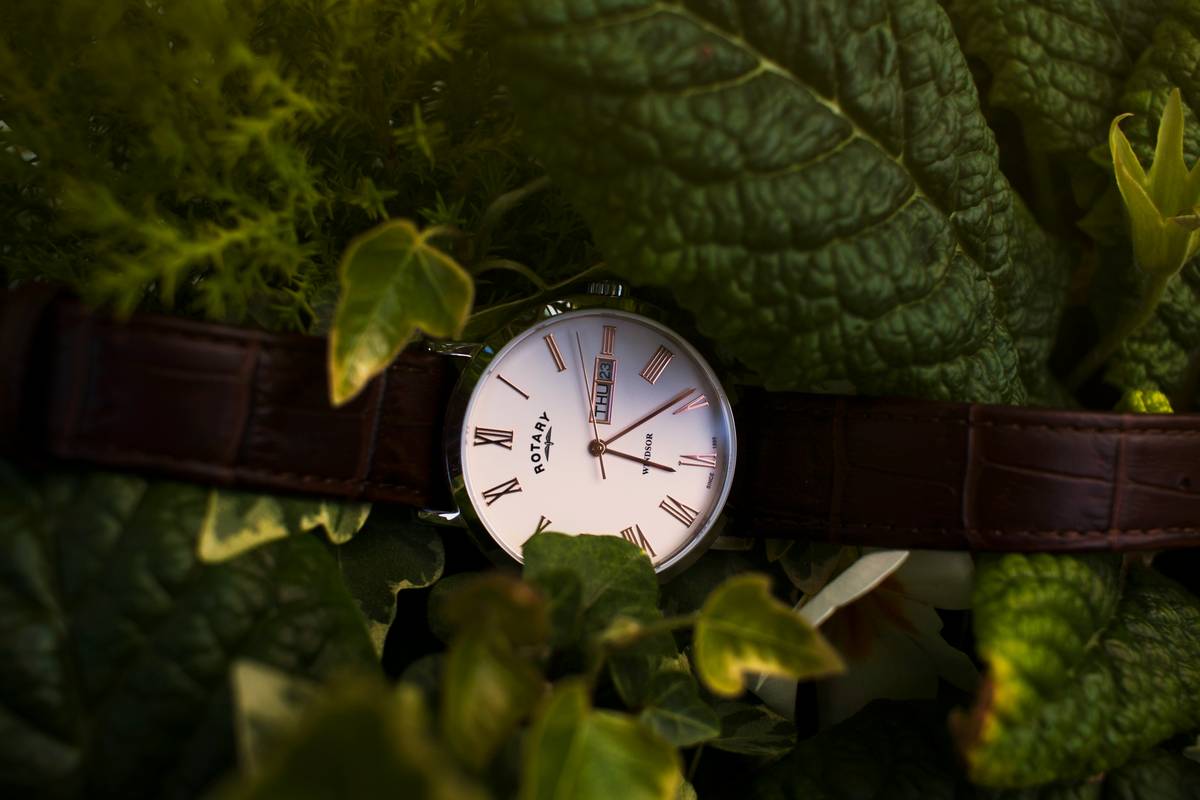
FAQs About Eco-Friendly Watch Materials
Are eco-friendly watch materials durable enough for daily wear?
Absolutely! Many sustainable options, like bamboo or recycled aluminum, are surprisingly sturdy and long-lasting.
Will choosing eco-friendly materials increase costs significantly?
While some investments may cost slightly more upfront, consider it paying forward for future generations. Plus, many brands offer accessible price points.
How do I know if a brand truly prioritizes sustainability?
Look beyond marketing jargon. Dive into their website’s transparency reports, third-party reviews, and certification details.
Conclusion
Choosing eco-friendly watch materials doesn’t have to mean compromising on style or quality. By staying informed, supporting ethical brands, and embracing innovative alternatives, you’re contributing to a greener tomorrow—one wrist at a time.
Like a Tamagotchi, your sustainability journey needs daily care. So go ahead, flaunt that shiny new eco-watch knowing you’re doing your part. 🌿⏰
